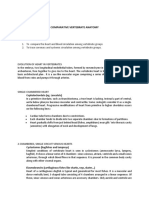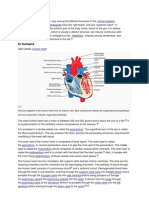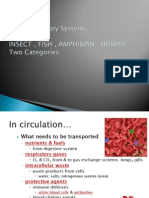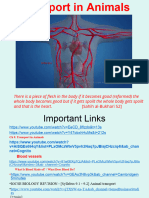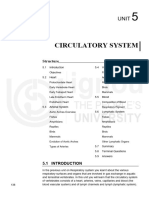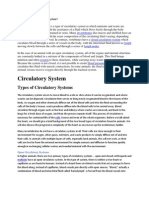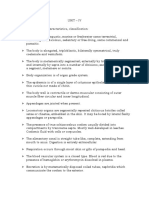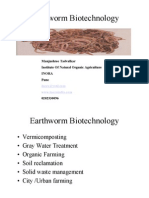0% found this document useful (0 votes)
72 views23 pagesE Paths Hal A File 801642415916
Uploaded by
Aijaz AhmadCopyright
© © All Rights Reserved
We take content rights seriously. If you suspect this is your content, claim it here.
Available Formats
Download as PDF, TXT or read online on Scribd
0% found this document useful (0 votes)
72 views23 pagesE Paths Hal A File 801642415916
Uploaded by
Aijaz AhmadCopyright
© © All Rights Reserved
We take content rights seriously. If you suspect this is your content, claim it here.
Available Formats
Download as PDF, TXT or read online on Scribd
/ 23


